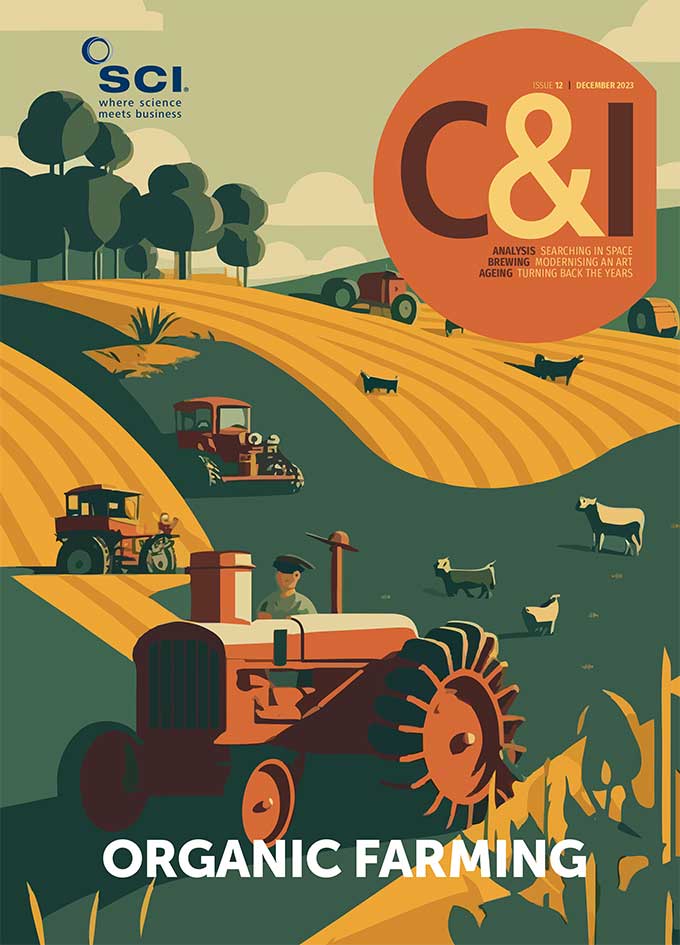BY ANTHONY KING | 21 DECEMBER 2023
UK labs have cooked up a synthetic chromosome XI of the famed baker’s yeast, Saccharomyces cerevisiae, part of an international effort to make an entirely synthetic yeast genome (Cell Genomics, doi: 10.1016/j.xgen.2023.100418).
Yeast was chosen for its importance in producing food and drinks, as well as medicines and other compounds. ‘It is well studied, easy to work with and there’s a lot of potential impact by improving our understanding of its genome,’ says Tom Ellis, who led the UK lab at Imperial College London.
A decade ago, Imperial researchers teamed up with colleagues at the University of Nottingham, UK, to replace the natural chromosome XI – 660,000 base pairs – with a chemically synthesised version.
The idea was to build a genome containing only essential genes. A crucial step was to slot in special ‘landmark sites’ of DNA (loxPsym sites) after almost every gene.
An enzyme was then added which cut the sites at random in the synthetic genomes. Yeast with crucial genes cut out were killed off, leaving behind only yeast with nonessential genes removed.
‘That helped us move towards understanding what the minimal set of genes that yeast need to work in a lab looks like,’ says Ellis. The slicing and dicing of the enzyme also created loops of DNA outside the chromosome – extrachromosomal circular DNA.
‘We ended up with a system in yeast to put in a gene of interest and then trigger it to start producing extrachromosomal circles,’ says Ellis.
These DNA pieces are often present in unhealthy human cells. ‘Accumulation of extrachromosomal DNA in humans is thought to be an important factor in cancer and ageing and so, the inducible extrachromosomal DNA system in yeast can help understand the role these DNAs play in human health,’ says Sanjay Vashee, a professor of synthetic biology at the J. Craig Venter Institute in Rockville, Maryland, US.
The entire yeast genome has 11m DNA base pairs, arranged in 16 chromosomes. As part of the 15-year International Synthetic Yeast Genome Collaboration Project (Sc2.0), another 14 synthetic chromosomes have been published by other teams. One chromosome remains and a fully synthetic yeast genome could be unveiled in 2024.
Paul Freemont, a molecular biologist at Imperial College, says yeast can teach us about how human cells work and go wrong in disease. ‘In addition, they are a major cell factory for many biotechnology applications, such as enzymes for washing powder,’ he adds.
‘The ability to create new strains of yeast through the synthetic genomics approach may lead to much more efficient cell factories for a future world of biomanufacturing,’ Freemont concludes.
‘The synthetic yeast should be more easily engineered to facilitate the understanding of various pathways that play a role in cancer,’ says Vashee. It could ‘be used to more easily produce various drugs that are currently hard to isolate or used to facilitate screening for effective drugs,’ he adds.





